Written by Blerina Ago – Entrepreneur & Tourism consultant, activealbania.com
Greetings from the heart of the Vjosa River! I’m Blerina Ago, a passionate advocate for sustainable tourism, and I am excited to share with you the remarkable story of the Vjosa Wild River National Park (WRNP) Community Tourism developments with the significant support of Planeterra.
As I stand here by the pristine riverbanks, surrounded by breathtaking landscapes, I can’t help but reflect on the transformative power of community-driven initiatives in the field of tourism.
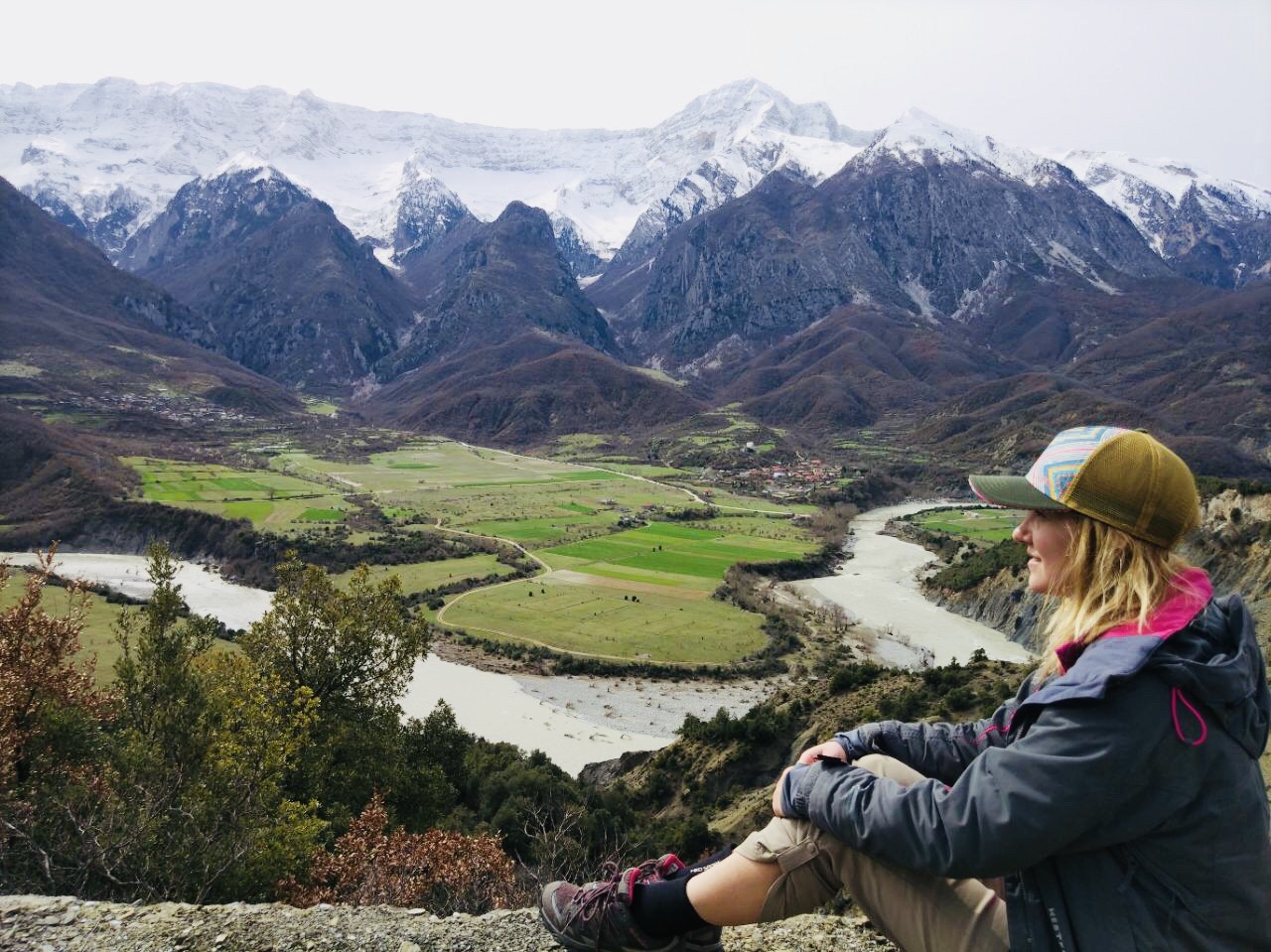
A Historic Promise for the Vjosa River
For over a decade, a dedicated coalition of environmental experts, tourism activists, organizations like IUCN, Patagonia, Riverwatch, Euronatur, and EcoAlbania, together with local communities, artists, media, and adventure enthusiasts, have tirelessly worked to protect the Vjosa River for future generations.
On March 2023, history was made. The Albanian Government declared the Vjosa River a National Park, marking it as Europe’s first Wild River National Park. This decision is more than a legal designation; it’s a promise to keep the Vjosa flowing freely, benefiting both people and nature for generations to come. It’s a testament to the unity of people and government in protecting this natural wonder.
A Journey to Remember

I’ll never forget the first time I met Vjosa. It happened on a rafting adventure more than one decade ago. It’s challenging to put into words the sheer rush of adrenaline and emotions I experienced that day. All I can say is that this one adventure changed the course of my life forever.
I was captivated by the river’s charm and the hospitality of the communities that call this area their home. These communities have always had a strong connection to the river, relying on its resources for their livelihoods. This connection is what ultimately sparked my interest in getting involved in community tourism as a way to protect and preserve this pristine environment while benefiting the local people.
Community Tourism: A Real Game-Changer
Community tourism is more than just a buzzword; it’s a transformative approach that empowers local communities to take charge of their own destinies.
In the Vjosa WRNP, this concept has become a guiding light for sustainable development. It encourages the active participation of local residents in tourism activities, promoting the preservation of their cultural heritage and natural resources.
One of the most significant impacts of community tourism is the diversification of income sources for local communities.
Traditionally reliant on agriculture, forestry and fishing, the people of the Vjosa region are now finding new opportunities in tourism-related businesses. This not only improves their economic well-being but also allows them to stay connected to their land and traditions.
Now, let’s dive into why the Vjosa WRNP Community Tourism developments matter so much:
-Conservation and Awareness: This initiative brings visitors into close contact with the beauty and significance of the Vjosa River. It’s like turning them into eco-warriors who want to protect this natural gem. They become passionate advocates for conservation.
-Preserving Culture: The project places a strong emphasis on preserving the rich cultural heritage of the local communities. Tourists are encouraged to immerse themselves in local traditions, from traditional music and cuisine to handicrafts. This not only keeps these traditions alive but also helps local residents earn a living.
-Economic Diversification: Community tourism will open new doors for the locals, who traditionally depended on farming. Now, they’re finding new livelihoods in tourism-related businesses. This not only boosts their income but also lets them stay connected to their land and traditions.
-Empowerment and Ownership: The Vjosa WRNP community tourism initiatives empower local residents by giving them a say in their region’s development. They’re not just passive observers but active decision-makers, ensuring that tourism activities are sustainable and in harmony with their values.
-Preserving Natural Beauty: Sustainable tourism practices, like responsible rafting, biking, hiking and wildlife observation, ensure that the Vjosa River’s natural beauty stays unspoiled. This isn’t just great for the environment; it’s also crucial for the long-term success of tourism here.
-Education and Learning: Visitors don’t just come for the scenery; they come to learn about the Vjosa River’s unique ecological importance. This educational aspect makes them feel responsible for the environment, strengthening the river’s protection.
The Distinct Character of Albanians
But the Vjosa River isn’t the only gem in this region. Albania itself is a land of fascinating diversity and a unique character. The people, known for their warm hospitality, have a deep-rooted sense of identity and culture.
Albania’s cultural traditions are deeply rooted in its history and its people’s enduring spirit. From its distinctive polyphonic music, where multiple voices blend harmoniously, to its unique dances that reflect the country’s diverse regions, Albanian traditions are a testament to the resilience of its people.
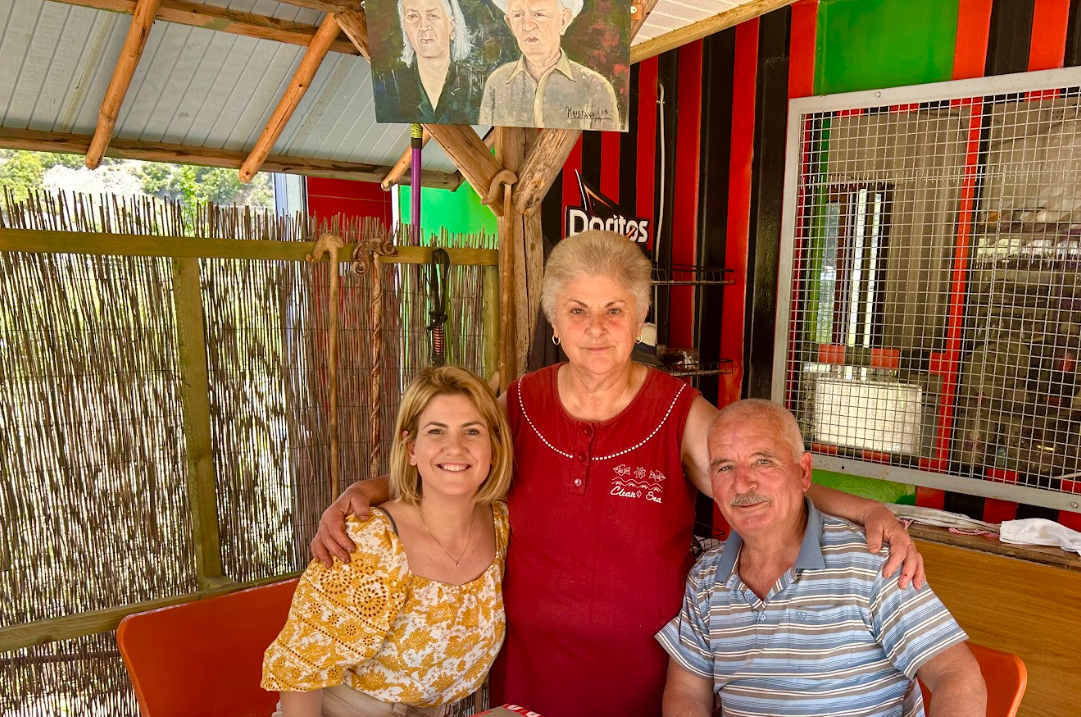
The age-old Albanian adage, “Buke e kripe e zemer,” meaning “Bread, salt, and a kind heart,” embodies the very essence of Albanian hospitality.
It speaks to the values of the nation’s spirit, which is rooted in the idea that all that one possesses, no matter how little, should be shared with guests who have honored their home with their presence.
Let me share with you the authentic cultural heritage of remarkable places, where Vjosa WRNP flows as a living river:
Gjirokastra, often called the “City of Stone,” is a UNESCO World Heritage site. Its well-preserved architecture is a testament to the rich history of this region. Strolling through its cobbled streets feels like stepping back in time. The locals are proud of their traditions, which include unique “saze” music, dance, and culinary delights like gliko.
Here, you’ll find talented craftsmen creating exquisite hand-carved wooden and stone items, including furniture and decorative pieces, which often incorporate traditional motifs. In the nearly four-century-old reconstructed Characteristic Bazaar, traces of a tradition of working with wool, tapestries “sixhade”, embroidery, but also iron and wooden rosettes can be found. In this Bazaar, one of the city’s earliest crafts is also being cultivated, stone coffee.
The road by car from Tepelena towards Vlora, through the deep canyons of Bënça, stops in authentic villages like Gusmar, Lekdush dhe Progonat, meeting with the local shepherds of the area, or visiting the impressive waterfall of Peshtura and encountering the crystal-clear waters of the Vjosa River tributary, the Shushica river, offers one of the most dramatic views of the valley. Vlora, a coastal gem, owns beautiful beaches, a rich maritime history, and a unique connection to the sea reflected in local life and cuisine.
It’s also historically significant as the birthplace of Albania’s independence in 1912. When you venture into this region of the Vjosa River, you’ll have the chance to explore the Zvërnec and Sazan islands, home to ancient monasteries, unwind on Orikum Beach, uncover the wild allure of Karaburun Island, and appreciate the rich biodiversity of the Narta Lagoon.
Fier, on the other hand, is a city with a fascinating history dating back to ancient times. It’s home to some of the most impressive ancient ruins in Albania like Apollonia, which reveals its rich heritage through well-preserved archaeological ruins and captivating stories of the past.
As you stand amidst other well-preserved ruins of this historic city of Bylis, you’ll not only immerse yourself in Albania’s rich history but also be treated to an awe-inspiring vista of the Vjosa below.
Skilled artisans here craft pottery and ceramics using age-old techniques, often featuring intricate patterns and designs. These pieces serve as a beautiful testament to the city’s historical roots.
Korca, nestled in the southeastern part of Albania, intricately threads together a vibrant cultural mosaic. Known for its historic architecture and vibrant arts scene, Korca has managed to safeguard its traditions through the ages.
The city’s women, in particular, champion traditional craftsmanship, with a focus on weaving and embroidery. Their dedication underscores the vital role women play in preserving cultural heritage and traditions.
In Korca, community tourism serves as a conduit for the endurance and celebration of these traditions, connecting travelers to the city’s living cultural legacy.
The Vjosa WRNP Community Tourism developments represent a model of sustainable tourism that balances economic growth with environmental and cultural preservation.
This project is not just about attracting tourists; it’s about empowering local communities, preserving nature, and fostering a sense of responsibility for our planet.
As I stand here, watching the sun dip below the horizon, I am filled with hope for the future of the Vjosa River and its surrounding communities.
The journey from an unknown gem to a thriving community tourism destination is inspiring. It serves as a model of what is possible when local people, passionate environmental advocates, and responsible travelers come together for the greater good.
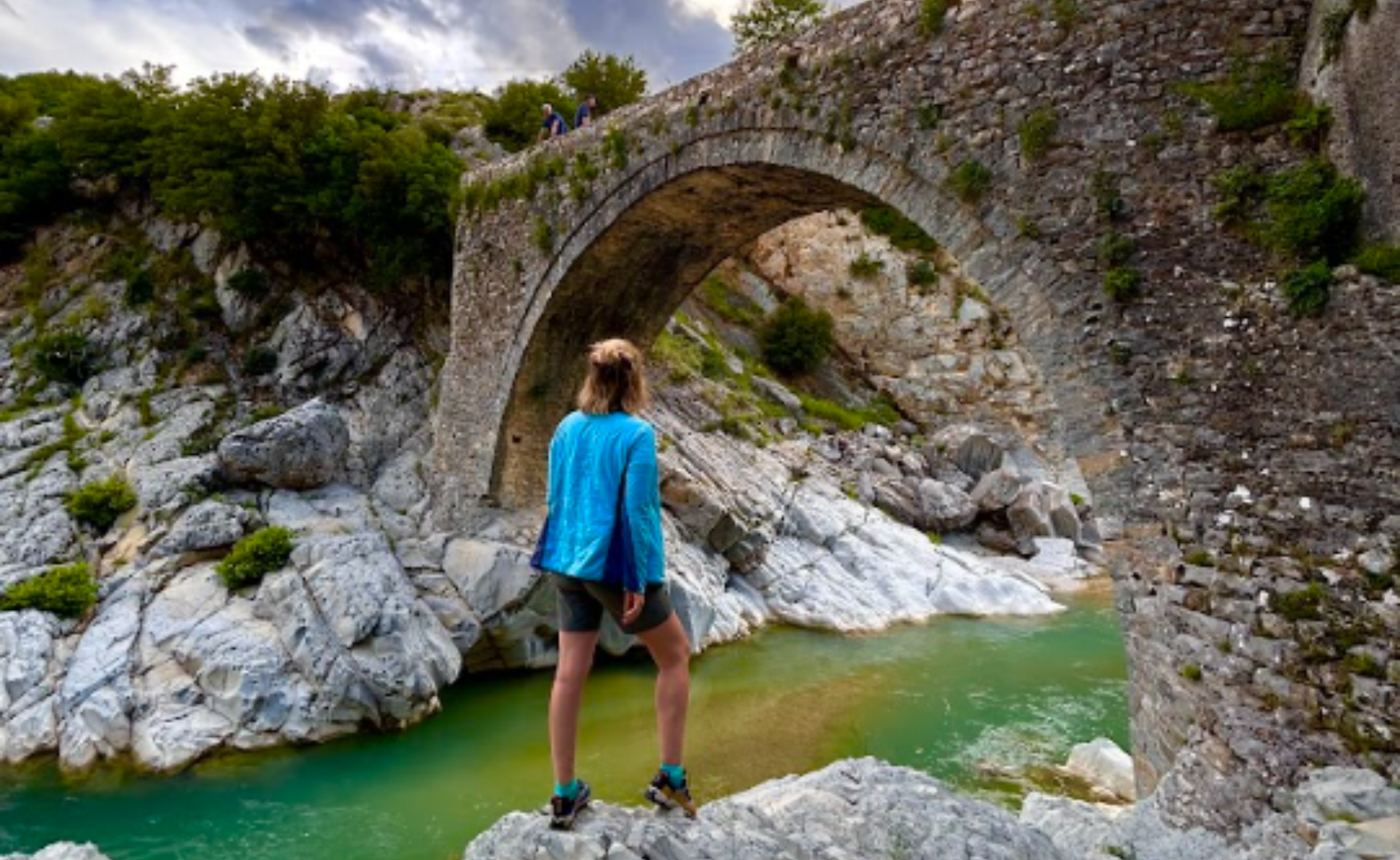
So, I invite you to experience the magic of the Vjosa WRNP and witness firsthand the incredible transformations happening here. Come and be a part of this inspiring journey towards a more sustainable and harmonious future for Vjosa and its people.
Remember, every visit, every story shared, and every choice you make as a traveler can make a difference.
Together, we can protect and empower the places we love, and the Vjosa WRNP is a shining example of what can be achieved when communities and tourists work hand in hand for a brighter, more sustainable future.


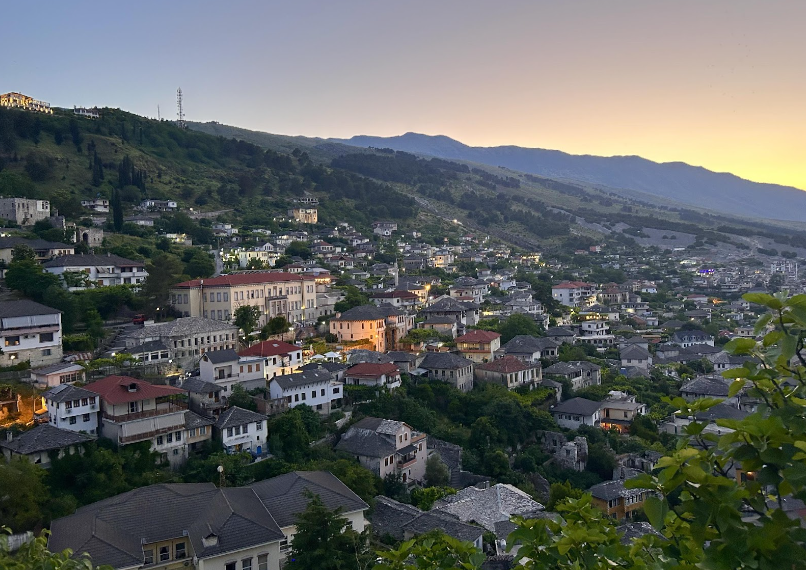

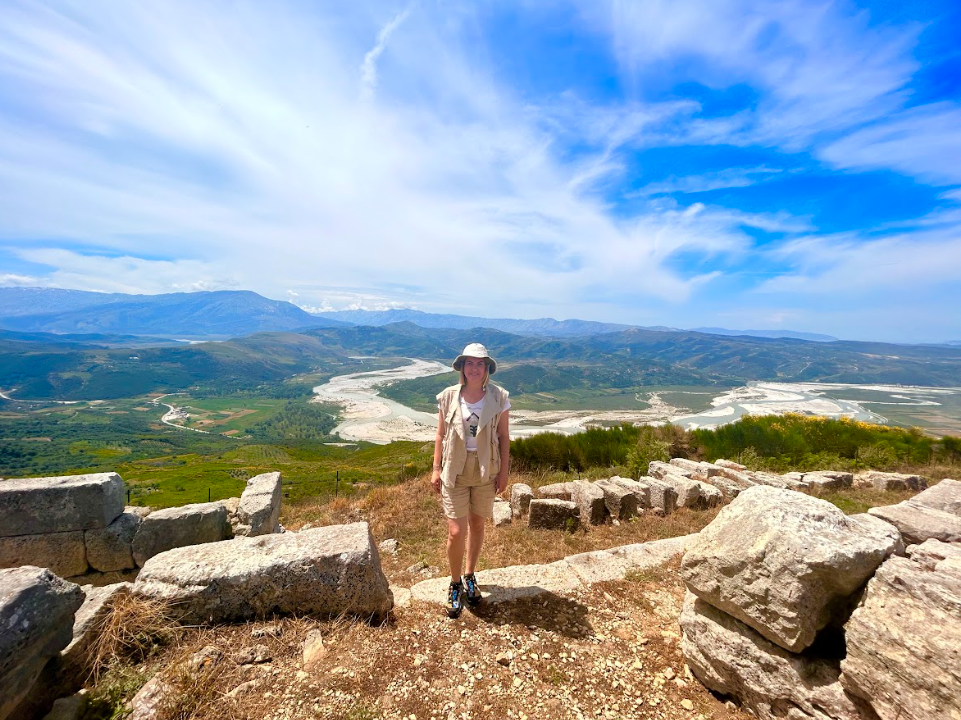
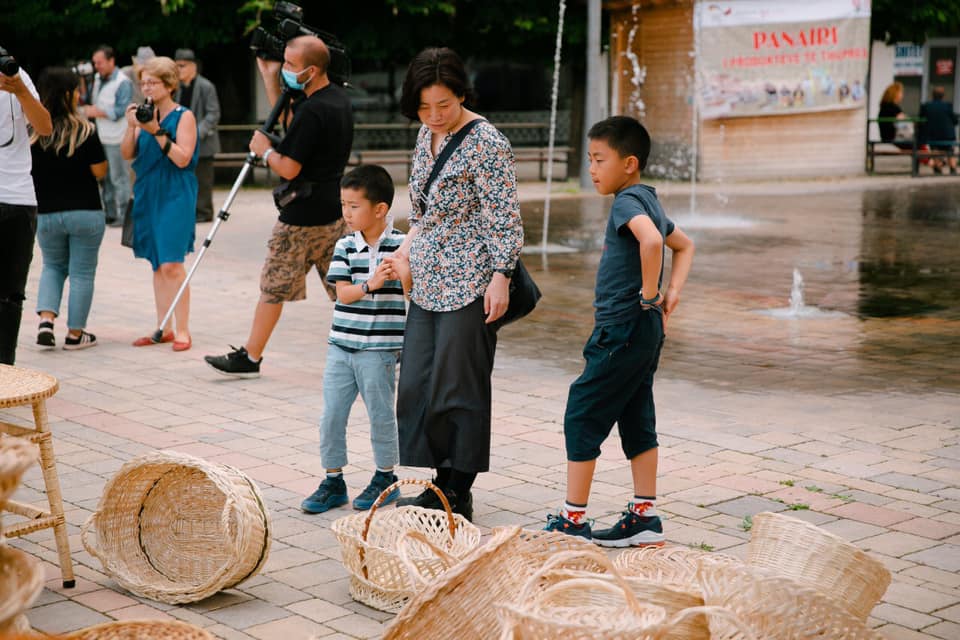
Post a comment